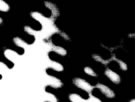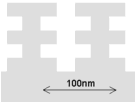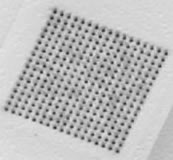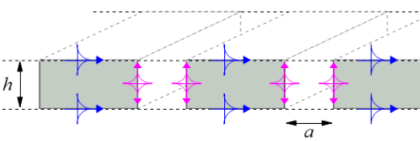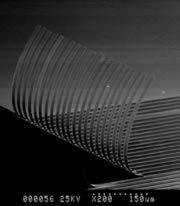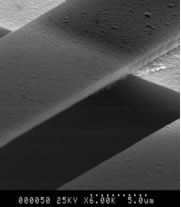The second youth of optics
When trying to miniaturize optical instruments to the utmost, the physical phenomena that come into play become complex, fascinating and particularly interesting. Welcome to the world of nanophotonics.
Number 33
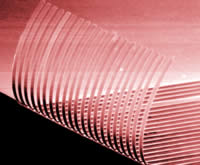 Electron scanning microscope view of microstructures suspended in a vacuum for spectral filtering applications. |
While some scientists build ever larger instruments, like the Large Hadron Collider (LHC) in Geneva in order to discover new particles, others, on the contrary, try to build ever smaller ones. Riad Haïdar and his team in Onera's Theoretical and Applied Optics Department are a case in point. Their objective is to miniaturize optical systems. | ||
|
Over the last fifteen years, optics have undergone developments comparable to those that created the phenomenal success of electronics half a century ago: miniaturization, integration of complex systems and introduction into the activities and needs of the general public. This kind of optics no longer has much to do with that of mirrors and lenses, whose sizes could be counted in centimeters at the least. To mark the difference, we now talk about photonics – the science of the photon, just as electronics is that of the electron. Even better, researchers are now able to design devices with sizes of a few hundred nanometers, and we then talk about nanophotonics. |
|||
|
|||
|
Among the applications of these miniature optical systems, we can mention spectral filtering systems intended to let through certain wavelengths and block others. "We have made membranes around one hundred nanometers thick, suspended between two edges," the researcher described. "These regularly spaced silicon carbide "micro-bridges," two or three micrometer wide, are a good spectral filtering system."
Another important application is the shaping of light beams, in particular for intense laser radiation. "Our team has developed an original concept for analyzing the surface of the wave, which has already given very good results," indicated Riad Haidar. "And we think that metallic nanostructures will help us improve its performance further. These mechanisms can also be used to change the shape of the beam at will, for example, by selecting certain wavelengths, or by making certain areas more or less intense."
Cécile Michaut, scientific reporter. |
|||

